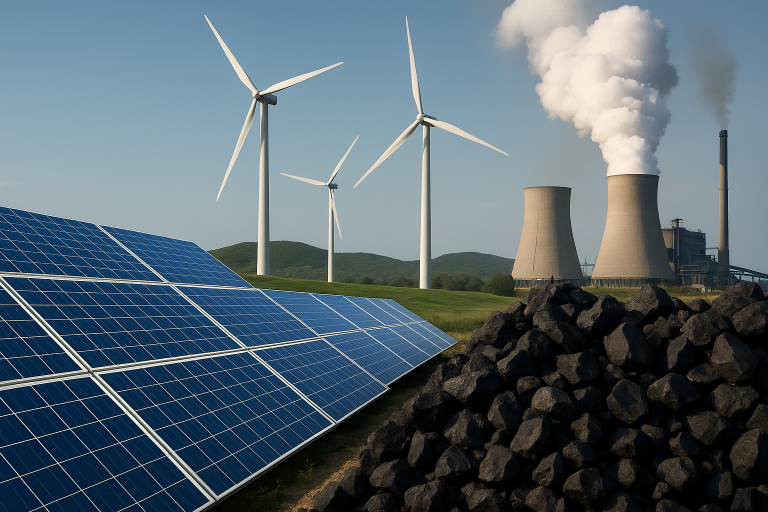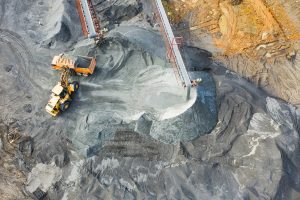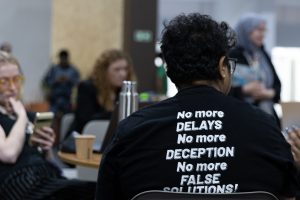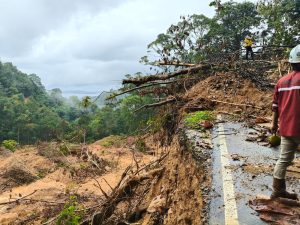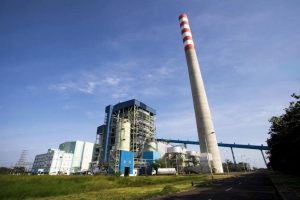Jakarta – On paper, Indonesia has big ambitions for a clean energy future. The government is targeting an additional 269 gigawatts (GW) of renewable energy capacity by 2060 — a figure that, if achieved, would mark the most significant transformation in the history of the national electricity system.
However, in reality, this enthusiasm has stalled. As of August 2025, the capacity of new renewable energy power plants has only reached 15.2 GW, less than one per cent of the national technical potential of 3,660 GW. At the same time, coal-fired power plants continue to enjoy low tariffs thanks to subsidy schemes and the Domestic Market Obligation (DMO) policy.
“As long as electricity from coal is still subsidised, renewable energy tariffs will not be competitive. Developers will definitely think twice about entering the market,” said Dwi Cahya Agung Saputra, Coordinator of the Electricity System Transition at the Institute for Essential Services Reform (IESR), during the Indonesia Energy Transition Dialogue (IETD) 2025 discussion on Tuesday, October 7.
Ironically, the success in maintaining “cheap” electricity tariffs has actually trapped Indonesia in long-term dependence on dirty energy. Under the DMO scheme, the price of coal for PLN is set at only USD 70 per ton, far below the international market price, which can exceed USD 120 per ton.
As a result, the basic cost of generating coal-based electricity appears low, making the tariffs for renewable energy sources such as solar and wind seem “expensive” on paper—not because the technology is expensive, but due to an unfair comparison.
“PLN’s calculations still compare NRE tariffs with subsidised coal-fired electricity, not with actual costs. This makes clean energy uncompetitive before it even enters the market,” explained Dwi Cahya.
IESR notes that in national energy planning, fossil fuel power plant projects that are still under construction will continue to be included in the 2025–2034 Electricity Supply Business Plan (RUPTL). This situation limits the scope for new investment in renewable energy.
For private developers, investing in renewable energy in Indonesia is not just a matter of tariffs — it is also a matter of uncertainty in the procurement system.
PLN’s clean energy projects generally use the Independent Power Producer (IPP) scheme. However, the procurement process, considered lacking in transparency and unscheduled, has caused the market to lose direction.
“Indonesia does not yet have a multi-year renewable energy project procurement calendar. So developers don’t know when they can participate in tenders, when to prepare studies, or when opportunities will open up,” added Dwi.
In addition, developers who wish to participate in the project must go through the Selected Provider List (DPT). The process is not yet fully transparent and often requires initial study costs to be borne by the developer, without any certainty that the project will proceed.
“For small developers and clean energy startups, this risk is too great. Before even getting started, the costs are already high,” said Dwi.
Other obstacles arose during the construction phase, such as land permit issues, spatial planning overlaps, and local community resistance. As a result, despite ambitious national targets, many projects were delayed on paper. (Hartatik)
Banner photo: Image generated by OpenAI’s DALL·E via ChatGPT (2025)

